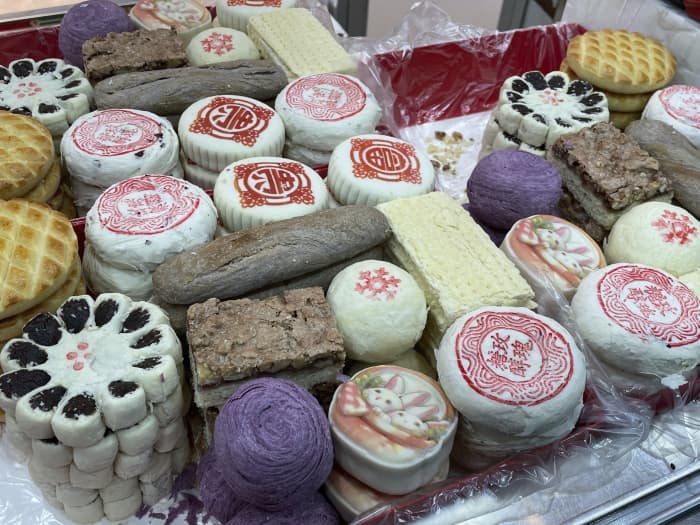The Year of the Rabbit upon us.
The Lunar New Year falls on Sunday, with many Asian communities celebrating the advent of spring and the beginning of a new year on the lunar calendar.
It’s the most important holiday in China, which is why the Chinese government is anticipating more than 2.1 billion journeys to be embarked upon now that the country has lifted its stringent pandemic-era restrictions on travel and movement.
The new-year celebrations traditionally include parades, fireworks and families gathering to enjoy elaborate dinners and delicious pastries.
Don’t miss: Chinese have been snapping up flights abroad as Beijing puts zero-COVID restrictions in the rearview mirror and Chinese New Year nears
For those unfamiliar with the holiday, the following is what you need to know about the Lunar New Year.
What is the Lunar New Year?
The Lunar New Year is the start of the lunar calendar, also known as the lunisolar calendar, which is based on the cycles of the moon. It’s also commonly known as the Spring Festival in China, the National Museum of Asian Art explains, which is observed with a 15-day celebration marked by many traditions
When is the Lunar New Year?
The 2023 Lunar New Year begins on Sunday, Jan. 22. Unlike the one- or two-day new-year celebrations for the Gregorian calendar used in the U.S., the Lunar New Year typically features 15 days of festivities.
And because the date is based on moon cycles, the Lunar New Year falls on different dates each year. But the holiday usually falls sometime between late January and mid-February.
Who celebrates Lunar New Year?
Lunar New Year is celebrated in countries including but not limited to China, Thailand, Japan, South Korea and Vietnam, as well as countries with significant Chinese populations.
How do people celebrate the Lunar New Year?
Celebratory customs vary based on country and culture but may include feasts and deep cleaning of the living spaces to purge negative spiritual energy, as well as other rituals and festivals aimed at a welcoming of health, wealth and good fortune in the new year. And because the colors red and gold symbolize good fortune in many Asian cultures, people wear red and decorate their homes with red paper cuttings. Gifts of money are often given in ornate red envelopes.
Popular foods associated with the holiday include a sweet rice called nian gao, sesame balls, almond cookies and candied lotus seeds.

Gift boxes of traditional new-year pastries displayed at a bakery in Beijing.
AP
Certain days are marked with special events. For example, the fifth day of the Lunar New Year is designated as the birth date of the Chinese god of wealth. So some people make dumplings that resemble the shape of Chinese gold ingots (an ancient form of money). Revelers shoot lots of fireworks and ignite firecrackers that day. And the 15th and final day of the holiday brings the Lantern Festival, when children carry lanterns around their neighborhoods at night to mark the end of the celebration.
Is Lunar New Year a holiday in the U.S.?
The Lunar New Year is not a federal holiday in the U.S., but it is a public holiday in many other countries.
In some large U.S. cities, including New York and Philadelphia, however, it is a school holiday. It will also be an official statewide holiday this year in California, which is the state with the largest Asian-American population in the country.
Cat or rabbit?
Many cultures and countries assign an animal to the new year based on a 12-year zodiac cycle, according to History.com. China, for example, will welcome 2023 as the Year of the Rabbit, while Vietnam is poised to celebrate the Year of the Cat, and the Malay zodiac is welcoming the Year of the Mousedeer.
It should also be noted, of course, that many Asian-Americans and Pacific Islanders do not follow the Chinese or lunar zodiac.
